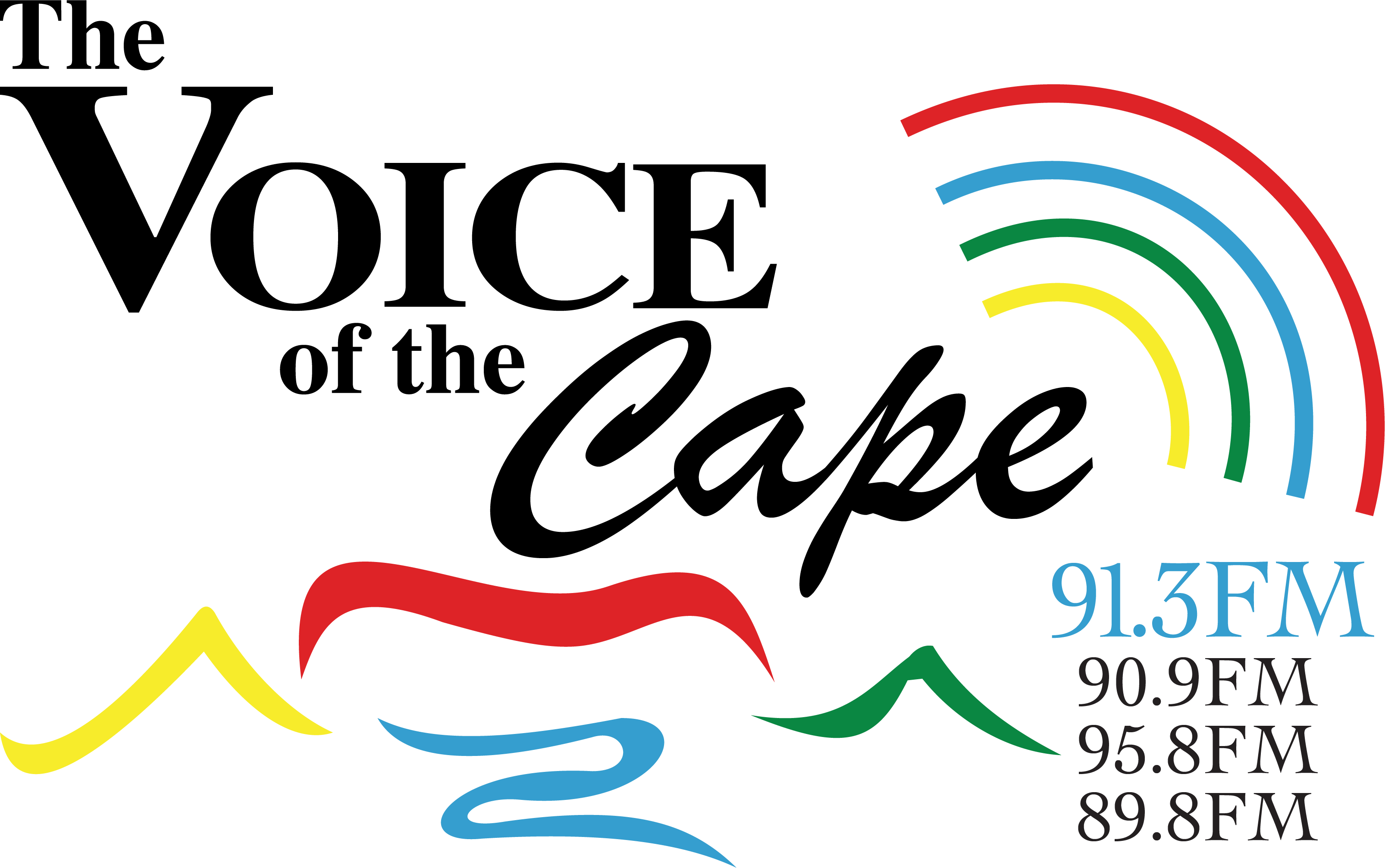Young women aged between 15 and 24 still make up the group with the highest number of HIV infections in South Africa, where seven million people have the disease.
Friday, December 1 marks World Aids Day and this year it is being observed under the theme “The Right to Health”.
KwaZulu-Natal accounts for a third of new infections in the county, with 12 percent of the youth in the province estimated to be living with the virus.
While access to ARVs has extended the lifespan of HIV-positive people, from 57 in 2015 to 61 in 2017, a big challenge remains to get people to have themselves tested.
Karim Abdool Karim from the Centre for the Aids Programme of Research in South Africa believes the biggest problem is containing and reducing HIV infections in young women.
“Young women are acquiring HIV at an incredibly high rate because they are sleeping with men who are on average about 10 years older and those men are have recently acquired HIV. They don’t know they have HIV and they have a high level of virus, so we have to stop this transmission.”
Scientists believe if high prevalence areas are prioritised it will impact on global Aids statistics.
There have also been several successes.
KwaZulu-Natal managed to reduce mother-to-child transmission from 22 percent in 2008 to the current 1.3 percent.
Programmes encouraging male circumcision has also had an impact, after being revived by the Zulu King in 2009. Male circumcision is believed to reduce the chances of a man contracting HIV by 60 percent.
The MEC for Health in KZN Sibongiseni Dhlono said within in the next few weeks one million men will have been circumcised in the province as a result of their efforts.
“We are excited to know and to report that we have not had a single death despite such big numbers of circumcision. While we are happy with that process we are very excited with the phase that we have done… (and) we want to accelerate it because we want to circumcise another one million South Africans.”
[eNCA]









